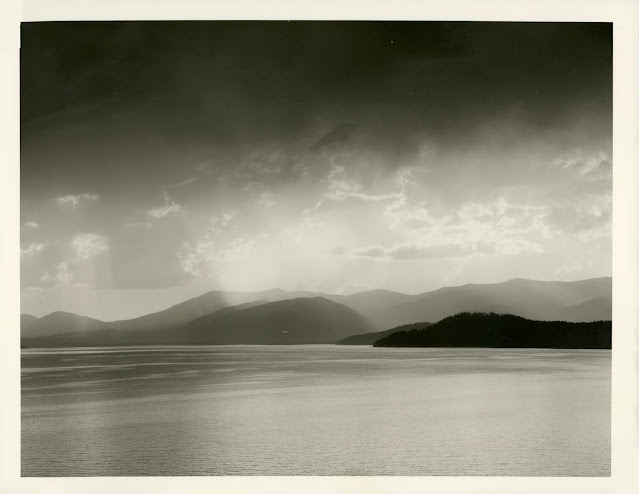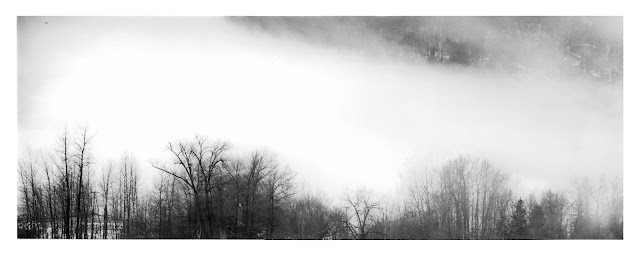
I was reading Lafcadio Hearn and was recollecting back to one late night’s walk this past winter. The air was cold and dry and the sky cloudless and moonless with bright stars piercing the sky like bright shiny nail heads. Above me were the familiar shapes of Orion, The big dipper, Cassiopeia, Taurus, the Pleiades. These constellations sat lower on the horizon as I thought back to my younger days in Flagstaff and remembered looking at them on many a similar night so many years and miles away. In the moment I was struck with a sense of connectedness not just with my old hometown and my youth but with everything. It was as if my mind, for a moment, expanded and took in everything. Rather than being terrifying or overwhelming it was calming and satisfying. Then as quickly as it came in a few minutes the feeling was gone. I have returned to the same place at a similar time of night and gazed at those same heavens and have not felt moved in the same way. Still, I feel reassured that I can l...










